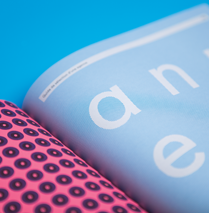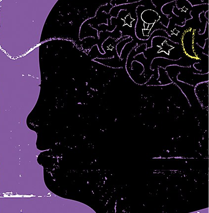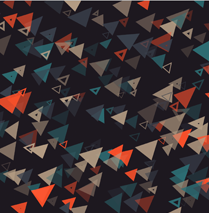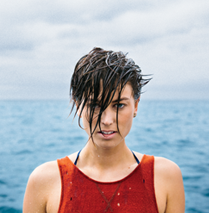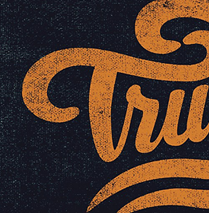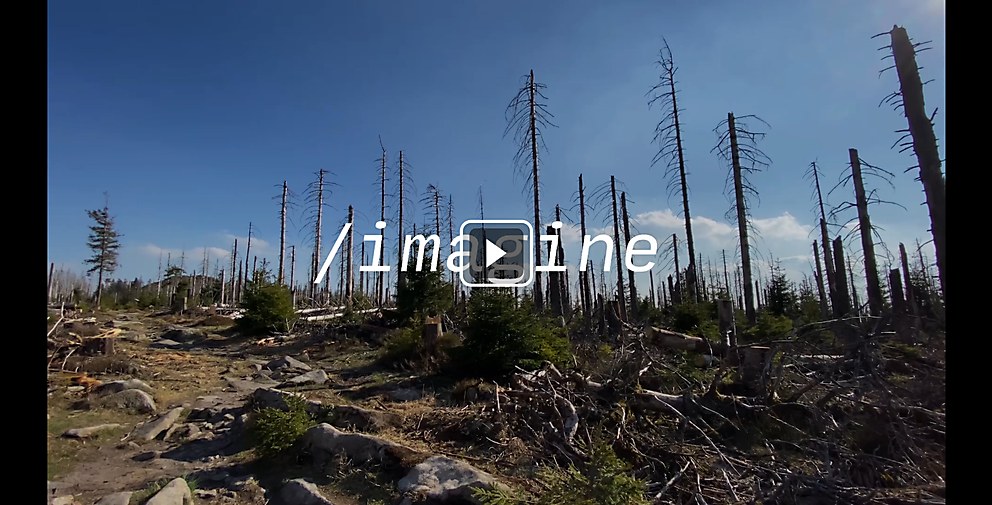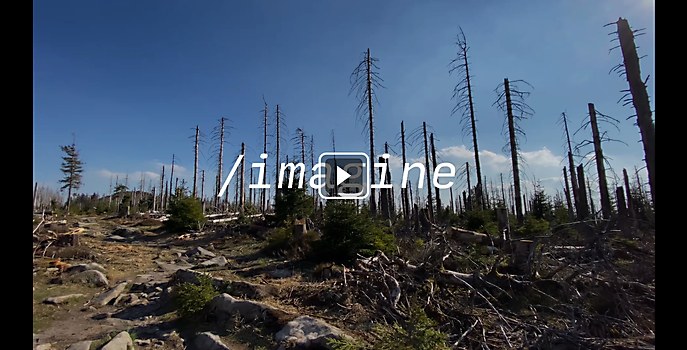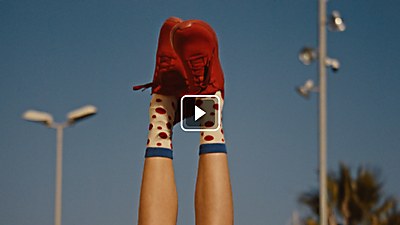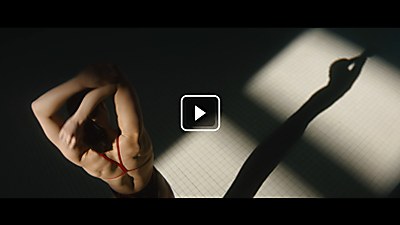Responses by Fernando Barbella, executive creative director, Fraser.
Backgrounds: One third of Germany’s land area, totaling 11.4 million hectares, is covered by forest. The federal government’s official annual forest condition survey reveals that damage, predominantly affecting sick trees, persists at a remarkably high level. According to the 2022 Forest Condition Report, only a fifth of all trees in the country are still healthy. Alarmingly, huge areas are currently dying right in front of the eyes of everyone, with 400,000 hectares—3 percent of Germany’s total forest area—lost in the past four years alone. With this campaign for environmental nonprofit organization Aktion Baum, we aimed to create a point of view that would encourage Germans to think and take action to prevent some potential catastrophic scenarios resulting from inaction on this issue.
Design thinking: Generally, people associate the idea of the “German forest” with huge areas cloaked in various shades of green, where towering trees dominate vast expanses and provide habitat to diverse wildlife. However, upon exchanging current pictures and videos with the Aktion Baum team, we discovered several scenarios that were quite the opposite of that—and completely different from what one might imagine.
And the word imagine was key. We discussed our inherent human capacity to think about future scenarios by using our imagination, but also how the word imagine was being used these days to ask AI platforms like Midjourney to visualize scenes, people, objects and landscapes. In these times when we’re all using AI mostly for fun and experimentation, we wanted to remind people to stop for a bit and use their intelligence to engage with real and tangible things. By generating these cinematic dystopian images of well-known forests in Germany, we aimed to draw attention to this reality and to encourage a brighter and greener future for these forests.
Challenges: Creating visuals that invited viewers to think about the topic while simultaneously avoiding scaring them. The other challenge we dealt with was getting solid results that would look realistic even when using completely AI-generated synthetic imagery.
Favorite details: We used four AI-powered tools—Midjourney, Magnific, Runway and Photoshop—to create, expand, animate and upscale the different dystopian visualizations of the forests.
New lessons: We learned a lot about how to integrate different AI tools in our workflow, how to make the most of each one of them, and how to manage both our own and our client’s expectations in terms of outcome, quality, and accuracy. AI-generated images are still today a new thing, and it’s a field that is constantly evolving at the same time.
Visual influences: We could say that certain scenarios from video games and movies definitely influenced this campaign and, of course, the aesthetics of certain film directors specialized in creating futuristic visual atmospheres.



